9.2. Flavor Isospin¶
Notations
In this part we use bold symbols for vectors because the subscript with a over arrow is too ugly to read.
Quaternion
This is basically a quaternion form of neutrino oscillations.
The Hamiltonian in flavor basis with matter interaction for neutrino is
where \(\omega_v = \frac{\Delta m^2}{2E}\), \(\lambda=\sqrt{2}G_F n_e\) is the matter profile, and \(H_{\nu\nu}\) is the neutrino-neutrino interaction. This Hamiltonian can be written in a way that the physics is clearer,
where
where \(\rho\)’s are the density matrices for neutrinos and \(\bar\rho\)’s are the density matrix for antineutrinos, and \(\hat{\mathbf{p}} = \frac{\vec p}{E}\). As descretization is used in numerical calculation, another form of the self-interaction is useful,
For antineutrino, the Hamiltonian it obeys is
With the Hamiltonian, the equation of motion for neutrinos is simply
9.2.1. Neutrino Flavour Isospin¶
Mathematical Reason
The reason behind this isospin for neutrino flavors is that Pauli matrices plus identity form a complete basis for all 2 by 2 matrices.
Neutrino flavour isospin [duan2006]
where in flavor basis
Why the 1/2
The reason to choose have 1/2 in the definition of flavor isospin \(\mathbf s = \Psi^{\dagger} \frac{\boldsymbol\sigma}{2} \Psi\) is to make sure the length of the vector is 1/2, just like spin 1/2.
Another way of looking at this relation is that the density matrix for single particle can be writen in terms of polarization \(\mathbf P\),
Relation to Wave Function
The density matrix is defined as
which can be combined with the definition of polarization, so that
Plug in the Pauli matrices, we have
which is equivalent to four equations
together with the normalization
we can solve the polarization vector,
As for a system of multiple particles, we can always extract the information of particle number density \(n\) out of density matrix,
where \(\mathbf{s}\) is the so called flavor isospin and will be defined later, and \(n_\nu'\) is effective neutrino density distribution. In the case of vacuum oscillation of homogeneous systems, \(n_\nu'=n_\nu\) and \(\mathbf s = \mathbf P /2\).
What is Effective Neutrino Density Distribution
JUST A GUESS AT THIS MOMENT:
However, in more complicated systems such as systems with inhomogeneous angular distribution of neutrinos, the angular distribution should be taken into account.
We also find the component of Hamiltonian in \(\{ I, \sigma_1,\sigma_2,\sigma_3 \}\) basis. However, in this specific problem, we only need \(\{\sigma_1,\sigma_2,\sigma_3 \}\) since we already removed the identity from Hamiltonian. With this convention, we define the Hamiltonian vector \(\vec H\) using
Why 1/2 and Minus
The 1/2 in the definition is to make sure the final equation of motion is clean as (9.2). Without this 1/2, we would have
which is NOT good enough compared to the one we would have with the 1/2.
The minus sign is to revert the whole system so that it is easier to deal with, such as Fig. 9.8. Without this minus sign, for normal hierarchy of \(\delta m_{12}\) and neutrinos, we would have the vacuum Hamiltonian vector almost pointing downward and the matter effect pointing upward, which are not so convinient.
In order to have a look at the effect of different components, we also define \(\mathbf H_{v}\) and \(\mathbf H_m\),
Note the equation of motion becomes
Deriving Equation of Flavor Isospin
Here in this formalism we just plugin to compare with the original equation of motion.
However, a more systematic and rigorous method is given in [duan2006] . What’s different here is that the author used the definition \(H_v = - \omega_v \frac{\boldsymbol{\sigma}}{2} \cdot \mathbf H\) which means \(\mathbf H\) in that paper is normalized but here we do not do that.
Nonethless, EoM for flavor isospin can be derived using brute force. As a first step, we write down the equation of motion for density matrix,
Using (9.1), we rewrite the equation using flavor isospin
We assume that number densities \(n_\nu\) and \(n_\nu'\) are conserved,
where \(n_\nu'\) can be eliminated on both sides. To simplify the equation, we write down the component form of the dot products,
The products of Pauli matrices is calculated in the following way
which lead to a simplified equation of motion
where the permutation property \(\epsilon_{jik} = - \epsilon_{ijk}\) has been used. In the language of cross product, we have
Analogies and Pictures
Previously we have already seen the equations for a spinning in magnetic field (Magnetic Spin),
where \(\gamma = \frac{-e}{2m_e}\).
Another interesting analogy comes from the equation of motion for a spinning top
where \(\vec\Omega = \vec n \dot\phi\). Consider conservation of momentum, we have
which is similar to the neutrino isospin equation of motion. \(\mathbf \Omega\) corresponds to \(\mathbf H\).
9.2.2. Graphical Representation of Flavor Isospin¶
To have more understanding in the flavor isospin picture, we prefer to visualize it by putting up a 3-dimensional coordinate system. As a first step, we need to know what does a vector mean in such a system.
Why 3D Coordinate System
In principle we need a 4D coordinate system. However, the component of identity of the Hamiltonian doesn’t play a role here. Thus only the three component of Pauli matrices are needed.
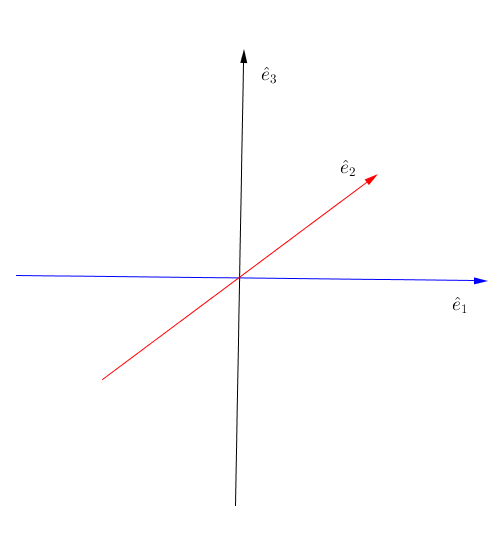
Fig. 9.5 Isospin space. Geogebra file.¶
First of all, we need to understand the component of flavor isospin projected on the black vertical axis. Apply the definition of flavor iosospin we can calculate the z component of it
which means the difference between electron flaor and the other flavor. Thus on this axis, +1/2 means all electron flavor, while -1/2 means all the other flavor.
9.2.2.1. Vacuum Oscillation¶
Basis
Since we are talking about vectors and matrices, basis is always the concern.
In the following discussion, we use flavor basis since flavor isospin is the name of the vector we are interested in, even though this formalism can be done in any basis.
Vacuum oscillation equation of motion is
where in flavor basis the components of \(\mathbf H_v\) is
Let’s start from electron flavor. If mixing angle is zero, the Hamiltonian vector will be on z axis and is aligned with initial state of flavor isospin. Recall the equation of motion is procession-like, thus \(\frac{d}{dt}\mathbf s= \mathbf{s}\times \mathbf H_v = \boldsymbol 0\) and no flavor oscilltion or flavor mixing happens.

Fig. 9.6 Flavor isospin vector when mixing angle is zero. Geogebra file.¶
Different Initial Condition
Even with initial condition that is not on z axis, since procession will be along this Hamiltonian which is on z axis (where we assumed that the mixing angle is zero), and flavor content (which is determined by the projection on z axis) won’t change.
Alternative, we can look at another limit, which is \(\theta_v = \frac{\pi}{4}\). The precession will be around x axis, thus the projection of flavor isospin vector will be oscillating from 1/2 (all electron flavor) to 0 (equal flavor content) then to -1/2 (all the other flavor) and back. In this case, the mixing should be maximium, i.e., the flavor conversion should be complete at some point.
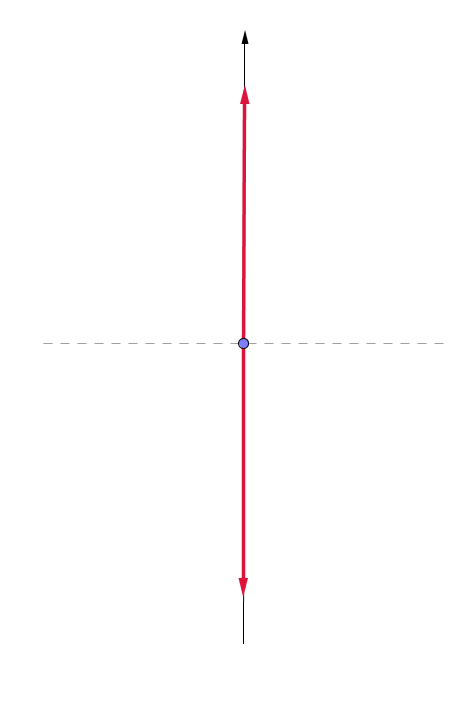
Fig. 9.7 Maximium conversion of initial electron flavor. The oscillation is between a up right state (electron flavor) and a down state (the other flavor). Geogebra file.¶
In general we can graphically represent any oscillations of flavor isospin using such graph, as shown in Fig. 9.8.
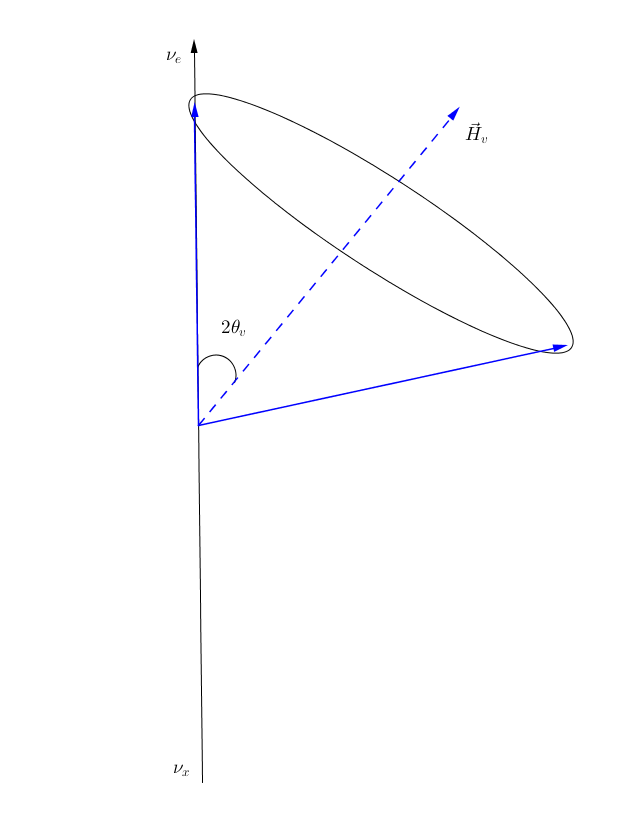
Fig. 9.8 Graphical representation of vacuum Hamiltonian.¶
9.2.2.2. Oscillations in Matter¶
Vacuum is easy to understand, so is neutrino oscillations in constant matter potential. We could always define new mixing angles \(\theta_m\) in matter and effective angular frequency \(\omega_m\) so that the Hamiltonian with constant matter potential becomes
which has exactly the same form as vacuum Hamiltonian. So we expect the constant matter potential oscillation graph to be exactly the same as vacuum oscillation, but with different effective mixing angles.
As for changing matter potential, we can only analyze a few cases. More can be analyzed if we also plot out the components of Hamiltonian, as in Fig. 9.9.
Equation of Motion
The equation of motion is
where in flavor basis
When translated to the graph, \(\mathbf H_m\) is a vector pointing downward.
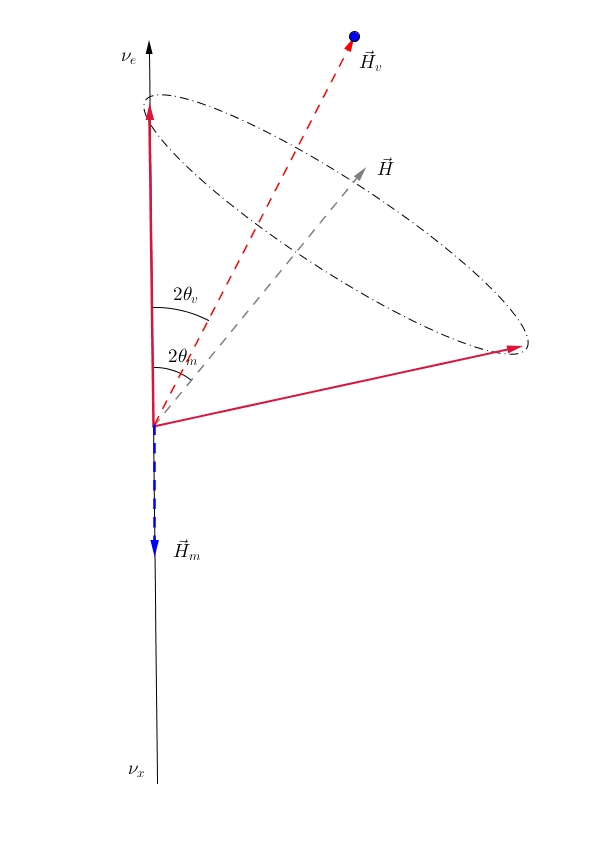
Fig. 9.9 Neutrino oscillations in matter, with Hamiltonian vector \(\vec H\). Geogebra file.¶
For very small matter density and very large matter density, we have vacuum oscillation dominition and matter dominition, Fig. 9.10.

Fig. 9.10 Neutrino oscillations for (a) very small matter density and (b) very large matter density. Geogebra file.¶
Now imagine a slow adiabatic process from Fig. 9.10 (a) to (b). At first, the oscillation is almost around vacuum Hamiltonian vector. As matter becomes dense, the matter Hamiltonian vector becomes dominating, which flips the oscillation axis. Somewhere in between, we would have a Hamiltonian vector which points horizontally, almost like Fig. 9.7. This is where the MSW resonance (maximium flavor conversion) happens.
9.2.3. Oscillations with Self-interactions¶
9.2.3.1. Bipolar¶
The equation of motion in terms of flavor isospins is
where \(\mathbf B = (\sin 2\theta_v,0,\cos 2\theta_v)\) for normal hierarchy.
Suppose we start from the two vectors in the same direction \(\mathbf P\to (0,0,1)\) and \(\bar{\mathbf P}\to (0,0,1)\). To have a better visualization, we plot out \(\mathbf P\) and \(-\bar{\mathbf P}\).
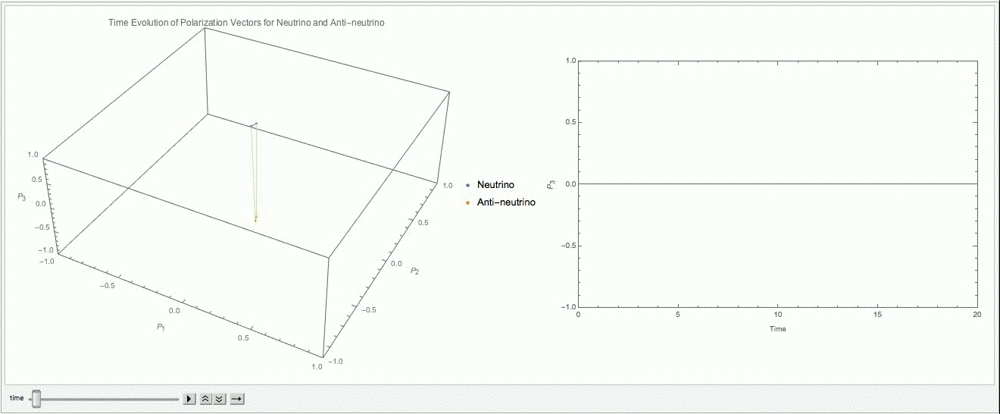
Fig. 9.11 With \(\alpha=1\), \(\lambda=0\), \(\mu=3\omega\).¶
However, \(\alpha\) is not necessarily 1. The ensemble could start from other initial states such as \(\alpha=0.8\) as shown in Fig. 9.12.

Fig. 9.12 With \(\alpha=0.8\), \(\lambda=0\), \(\mu=3\omega\).¶
The Name Bipolar
The name “Bipolar” doesn’t seem to be actually describe the behavior the the two NFIS’s. In the two examples we have shown, The two vectors are not opposite to each other all the time, even they started as such bipolar initial condition. That being said, the angle between the two NFIS’s change with time. It can be proven by looking at \(\frac{d(\mathbf P \cdot \bar{\mathbf P})}{dt}\) using equation of motion.
9.2.3.2. Bipolar With Matter¶
We can introduce matter interaction to the problem (9.3). The new equation of motion becomes
where \(\mathbf \Lambda = (0,0,-1)\).
We choose a particular matter potential \(\lambda =\cos 2\theta_v\) so that it cancels the corresponding vacuum Hamiltonian diagonal elements.

Fig. 9.13 With \(\alpha=1\), \(\lambda=\cos 2\theta_v\), \(\mu=3\omega\).¶
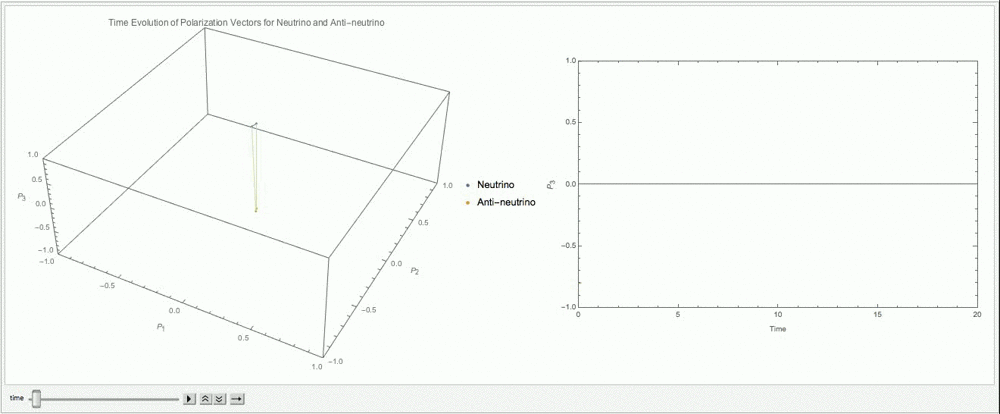
Fig. 9.14 With \(\alpha=0.8\), \(\lambda=\cos 2\theta_v\), \(\mu=3\omega\).¶
Simplified Case with Matter
We consider a special case where matter cancels the vacuum Hamiltonian, which requres \(\sin 2\theta_v \to 0\) and \(\lambda \sim \omega\). The equaion of motion becomes
This special case can not be reduced to the actual gyroscopic pendulum equation. (? I tried but not successful.)
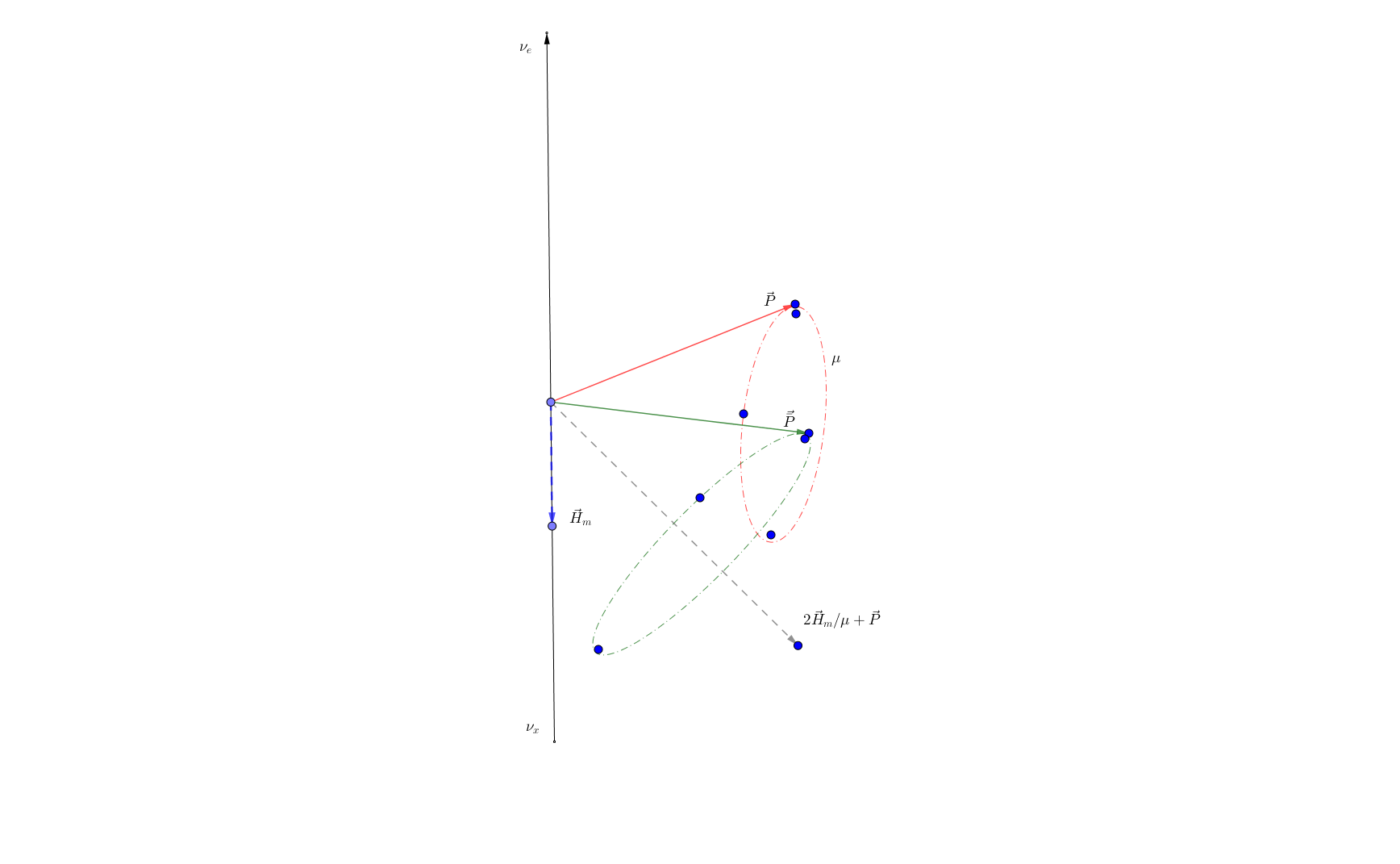
Fig. 9.15 The combined oscillations of neutrinos \(\matbbf P\) and antineutrinos \(\bar {\mathbf P}\).¶
9.2.4. Refs & Notes¶
- duan2006(1,2)
Duan, H., Fuller, G. M., & Qian, Y.-Z. (2006). Collective neutrino flavor transformation in supernovae Physical Review D, 74(12), 1–16. http://doi.org/10.1103/PhysRevD.74.123004